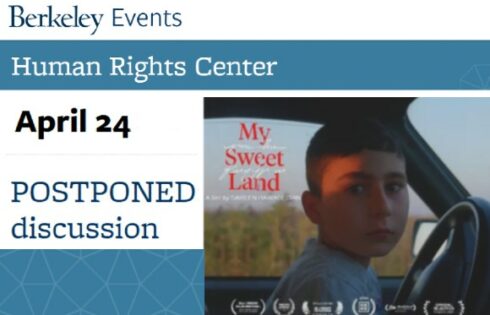
‘Students appeared to be doing the academic work given to them’
Hard work, good grades and determination aren’t enough for students’ success when their teachers give them so much work below their grade level, according to a recent study by an education nonprofit.
These low standards end up hurting nonwhite students the most, The New Teacher Project found in The Opportunity Myth, which followed nearly 4,000 students in five school systems encompassing urban, rural, district and charter characteristics.
Two in three black college students and more than half of Latino college students take at least one remedial course, “where they spend time and money learning skills they were told they’d already mastered in high school.”
The study authors said they reviewed almost 5,000 assignments and more than 20,000 individual student work samples.
Students are graduating high school vastly unprepared for college-level courses because they spent “more than 500 hours per school year on assignments that weren’t appropriate for their grade – the equivalent of six months of wasted class time in each core subject,” the study found.
“In the hundreds of classrooms we observed, we found that the majority of students were doing the work that was asked of them,” the authors wrote. “Contrary to popular narratives about disruptive kids who don’t put in much effort, we saw classroom after classroom where students appeared to be doing the academic work given to them.”
While they “met the demands of their assignments” more than two-thirds of the time, just 17 percent of students showed “mastery of grade-level standards.” Their teachers don’t have high expectations for them, with less than half believing their students could meet college-readiness standards.
Students who earned As and Bs, as well as their families, were misled into believing they were excelling in school, setting them up for failure in college. About 70 percent of students told the researchers they wanted careers that required at least a college degree.
The study measured access to “grade-appropriate assignments, strong instruction, deep engagement, and teachers who hold high expectations,” which researchers said are key to academic success.
These resources are less available on average to students from low-income families, those with “mild to moderate” disabilities and students of color, as well as English language learners. Higher-income students got twice as much time on the challenging assignments and five times more “strong instruction” than low-income peers, the study found.
These resources are particularly important for students who start the academic year behind their grade level, the researchers found.
“When students who started the year behind grade level had access to stronger instruction, for example, they closed gaps with their peers by six months; in classrooms with more grade-appropriate assignments, those gaps closed by more than seven months,” the study found.
“This is one of the toughest issues in education,” independent education writer Joanna Jacobs told The College Fix. “It requires intensive intervention to get kids caught up by third or fourth grade. And then more help to keep them on track.”
Is the answer a ‘second 2nd grade’?
One of the problems Jacobs has personally observed is improving academic performance when students are “all over the map.”
Four years ago she studied a high-poverty middle school in Oakland, Calif., that attempts to teach students at vastly different reading levels in the same class. It uses program called Newsela, which allows students to read the same news story written at three different reading levels.
Jacobs reflected on this experience when commenting on the TNTP study in a blog post. She wondered if students using Newsela were just being “passed on even farther along without adequate skills?”
The study attributes this disparity to the teachers, but Jacobs said they are facing unrealistic expectations. “Teachers are told to ‘differentiate’ instruction – giving each student the amount of challenge they need to improve. This is extremely hard to do. I think it’s one of the main reasons teachers burnout [sic].”
Shortly after the TNTP study was released, another education scholar proposed another way to bridge the gap: create a new, optional “second 2nd grade” so students are more likely to be caught up by middle school.
Michael Petrilli, president of the Thomas B. Fordham Institute, wrote that this grade 2.5 would be “quite different than simply retaining a handful of students,” and more like the “junior kindergarten” that some private schools use.
“They add some time and flexibility into the design of the school so kids who start out behind,” whether they are younger or less skilled, “can catch up at a more leisurely pace,” Petrilli wrote.
His proposal differs from others because it would essentially expand kindergarten through second grade into four years. “Ideally, the program would be flexible enough to allow students to move through the program at their own pace,” and classrooms would be “multi-age” so it’s not obvious “which kids are moving up and which are staying behind,” Petrilli wrote.
Jeff Murray, Ohio operations manager for the Fordham Institute, responded to a Fix request on Petrilli’s behalf. He said the grade-2.5 idea was “pie in the sky.”
MORE: Billions on professional development for teachers has no discernible effect
IMAGE: SaMBa/Shutterstock
Like The College Fix on Facebook / Follow us on Twitter





Please join the conversation about our stories on Facebook, Twitter, Instagram, Reddit, MeWe, Rumble, Gab, Minds and Gettr.